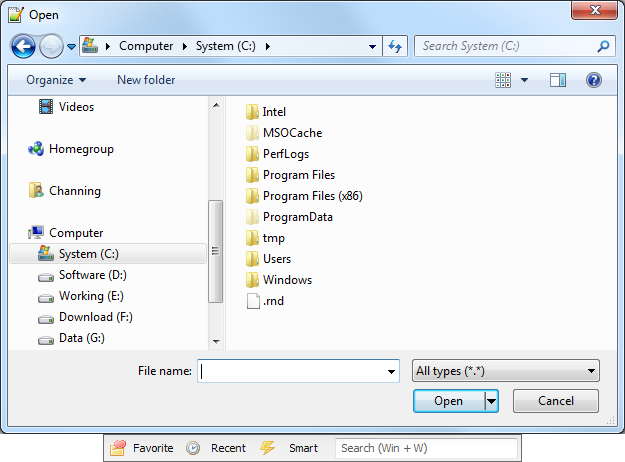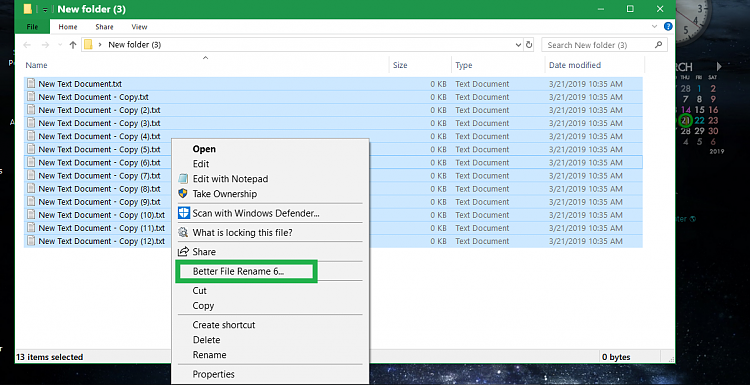

This means if you lose or damage your phone or SIM, the contacts will be lost. The downside is that all contacts are stored locally on the SIM and not backed-up. The benefit of saving directly to the SIM is that you can take out your SIM and pop it into a new phone and you’ll instantly have your contacts with you. In all likelihood your SIM will store around 200 contacts. SIMs come in various memory sizes which will affect the number of contacts you can save.

This option was the original place when on-board phone memory didn’t exist in the 1990s. When you want to save a new number, you’ll be asked where you would like to store it. If you have ever been confused about where to save a new mobile contact on your Android or iPhone, fear not – this guide is for you! There are many options and we’ll go through the pros and cons of each one. Saving contacts to your SIM, phone, and email explained


 0 kommentar(er)
0 kommentar(er)
